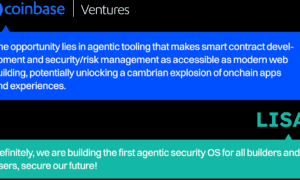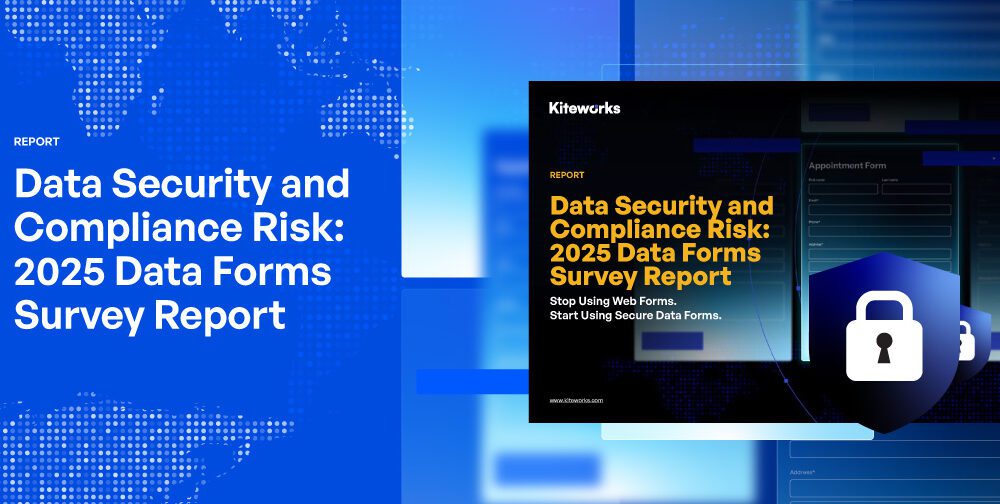Every successful dark-web investigation starts with a crisp objective: What do you need to protect and why might it become a target? List crown-jewel assets, customer PII, proprietary code repos, executive e-mail domains, supplier credentials, and generate the keywords, hashes, and wallet IDs that uniquely describe them.
Use those artifacts to collect a baseline snapshot of normal chatter across forums, marketplaces, and leak sites. A snapshot helps you separate long-standing noise (“old credential combo lists”) from truly new threats when monitoring begins in earnest.
Deploy Continuous Monitoring Sensors
Passive, always-on visibility is the backbone of dark-web OSINT. Typical data sources include:
- Tor and I2P markets for stolen databases, malware kits, and access brokers.
- Ransomware leak blogs where gangs publish small data samples to extort victims.
- Paste sites, code repos, and chat servers that threat actors use to tease new dumps.
Automate ingestion through APIs or web scrapers and normalize everything into a common schema (timestamp, source URL, observed indicator). According to DarkOwl, a leading provider of dark web OSINT tools, disciplined normalization prevents critical signals from being buried in format quirks or encoding errors.
Triage and Prioritize Alerts
Not every hit deserves an analyst’s time. Reduce noise, and fatigue, by ranking each alert along three key axes:
- Relevance
- Does the indicator reference your domain, product code, or executive name?
- Irrelevant hits can be closed automatically.
- Recency
- Is the post dated within the last 24 hours, or is it recycled from years ago?
- Older data usually falls to a low-priority queue unless it references brand-new assets.
- Credibility
- Has the poster previously shared valid samples, or are they known for scams?
- High-credibility actors trigger faster escalation.
Quick-Scoring Tip
Assign a simple 0-10 score to each axis, then sum the totals. Alerts exceeding a predefined threshold move straight to deep-dive analysis, while low scores get archived for reference.
Deep-Dive Investigation and Actor Profiling
For alerts that survive triage, analysts transition from monitoring to analysis. Effective next steps include:
- Source Verification
Download the referenced archive or proof-of-concept snippet. Calculate file hashes, inspect metadata, and cross-check against VirusTotal or internal hash databases to confirm novelty. - Infrastructure Pivoting
Identify shared IP ranges, registrar details, or TLS certificates used by the actor. Passive-DNS and SSL transparency logs can reveal sibling domains or future staging servers. - Behavioral Fingerprinting
Track quirks in writing style, time-zone posting patterns, preferred escrow services, and cryptocurrency wallets. Collating these traits often links multiple aliases to the same real-world crew, turning single alerts into holistic threat profiles. - Impact Assessment
Map the leaked asset to internal systems: What privileges would an exposed VPN credential grant? Which customer environments rely on that API key? Tie technical findings to business risk so decision-makers understand urgency.
Orchestrate Threat Response
Once you confirm an actionable threat, speed is everything. Build SOAR playbooks or at least repeatable checklists that cover:
- Containment – Force password resets, revoke API tokens, and push firewall blocks for malicious IPs.
- Eradication – Patch vulnerable services, nuke malicious code repos, and delete shadow admin accounts.
- Notification – Alert legal, compliance, and affected customers as required by regulations (GDPR, CCPA, SEC, etc.).
- Evidence Preservation – Hash and store incriminating darknet threads and downloaded samples; courts may need them later.
Automating the basics frees human analysts to handle nuanced tasks, negotiating with ransomware groups, proofreading breach disclosures, or coordinating with law enforcement.
Feed Lessons Back Into Monitoring
An investigation is only “closed” once its insights strengthen future defenses. After-action items typically include:
- Indicator Enrichment – Add newly discovered hashes, wallet addresses, or actor aliases to monitoring watchlists.
- Detection Tuning – Tighten SIEM correlation rules that caught the intrusion; loosen those that fired false positives.
- Threat Intel Sharing – Contribute sanitized IOCs to ISACs, industry peer groups, or open-source feeds to boost collective defense.
- Playbook Refinement – Document what slowed you down—missing API access, legal approval bottlenecks—and fix the process.
Ethical and Legal Guardrails
Dark web OSINT is legal because it leverages publicly accessible data, but investigators still face boundaries:
- No unauthorized access – Don’t hack private servers or paywalls to reach data.
- Respect PII – Mask or hash personal data unrelated to the threat.
- Follow export-control laws – Malware samples and exploit code may fall under cryptography or dual-use restrictions.
- Maintain audit trails – Document every collection step to defend methodology if challenged in court.
Moving from passive dark-web monitoring to decisive threat response demands a structured lifecycle: baseline assets, automate collection, triage ruthlessly, investigate deeply, respond swiftly, and refine continuously.
By embedding this cycle into daily operations, and grounding it in disciplined OSINT tradecraft, security teams can convert the chaotic chatter of the dark web into a strategic early-warning system that thwarts breaches before they escalate.





























